
In the final installment of our RSV Roundtable video series, our panel breaks down the importance of discussing new immunizations with patients now, and how crucial they will be in future RSV seasons.

In the final installment of our RSV Roundtable video series, our panel breaks down the importance of discussing new immunizations with patients now, and how crucial they will be in future RSV seasons.
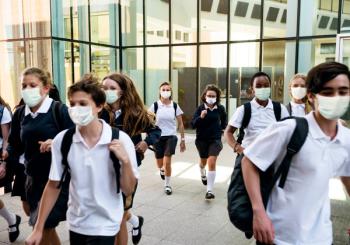
In 43 of 154 school weeks, air samples were positive for influenza A virus (IAV) while SARS-CoV-2 was positive in air samples in 101 of 154 school weeks.

A discussion of the intense 2023 RSV season, approved treatment tools, and an outlook for 2024.

In the fourth installment of RSV Roundtable, our panel explains the challenges in protecting the senior population against RSV.

In the third installment of RSV Roundtable, our panel discusses the impact nirsevimab has had this RSV season.

The unprecedented demand for nirsevimab-alip has resulted in a dramatic uptake in production of this RSV vaccine.

In the second installment of RSV Roundtable, our panel explains how they are educating patients and parents when it comes to RSV, vaccines and preventive measures, and limited treatment availability.

Last year’s historic RSV season left many wondering if this was going to become a recurring trend. Physicians weigh in on what they are seeing at their institutions in terms of infection rates.

Tina Tan, MD, FAAP, FIDSA, FPIDS, explains that the recent uptick in pediatric pneumonia cases across the country, which some have called "white lung syndrome," is nothing new, and there is no cause for panic.

Investigators asked the children’s parents about the history of musculoskeletal-related disease, observed the children’s gait, and performed physical examinations.

The federal agencies announced the availability of additional doses of nirsevimab-alip (Beyfortus; Sanofi) for infants at high-risk of infection.

A new study shows that a mother's inflammatory diet, before birth of the infant, can have an impact on a child's wheeze trajectory.

The importance of follow-up meetings for youth patients discharged from emergency departments is highlighted by new research.

A sneak peek at some of the most exciting sessions at this year's American Academy of Pediatrics national conference.
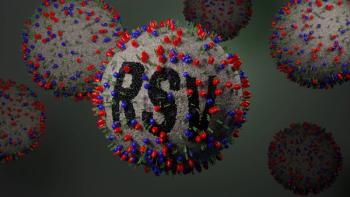
New immunizations for RSV are making this respiratory infection preventable in ways it never was before. Here is the latest news on recent approvals and future outlooks.

*Co-first authorship was earned, as each equally contributed to the methodical and rigorous review of the literature, writing, and editing of this article.
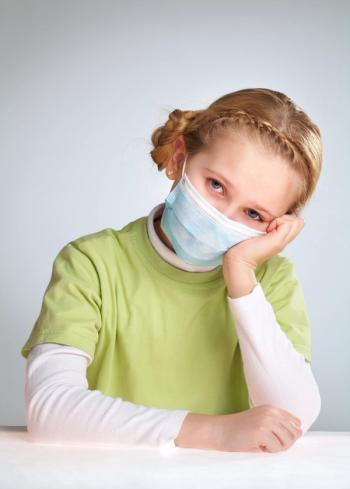
As we head into cold and flu season, researchers try to answer the question of what physical interventions are best for infection prevention.

A new study notes that coinfections, amongst other issues, can complicate diagnosis and management of respiratory infections in children.

Review some of the top stories from the Contemporary Pediatrics website over the last week, and catch up on anything you may have missed.
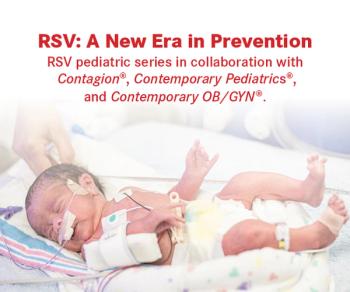
In collaboration with Contemporary Pediatrics, Contemporary OB/GYN, and Contagion, Tina Tan, MD, FAAP, FIDSA, FPIDS, discusses the benefits of having new tools to fight RSV in infants, potential vaccine hesitancy, and RSV trends currently being observed.
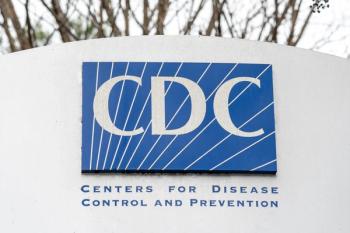
Ahead of the first fall and winter virus seasons in which vaccines are available for COVID-19, influenza, and respiratory syncytial virus (RSV), the Centers for Disease Control and Prevention is recommending Pfizer’s maternal vaccine to protect newborns from severe RSV illness.

According to a recent C.S. Mott Children’s Hospital National Poll on Children’s Health, the recent wildfires and extreme weather events that are creating poor or unhealthy air quality are also causing concern for parents in regards to their children's health.

This new data expands upon limited current research on environmental elements that contribute to the extensive variation in symptoms and infection frequency seen in children.

The federal agency says infants of a certain age should receive this monoclonal antibody to protect against the virus.

Review some of the top stories from the Contemporary Pediatrics website over the last week, and catch up on anything you may have missed.